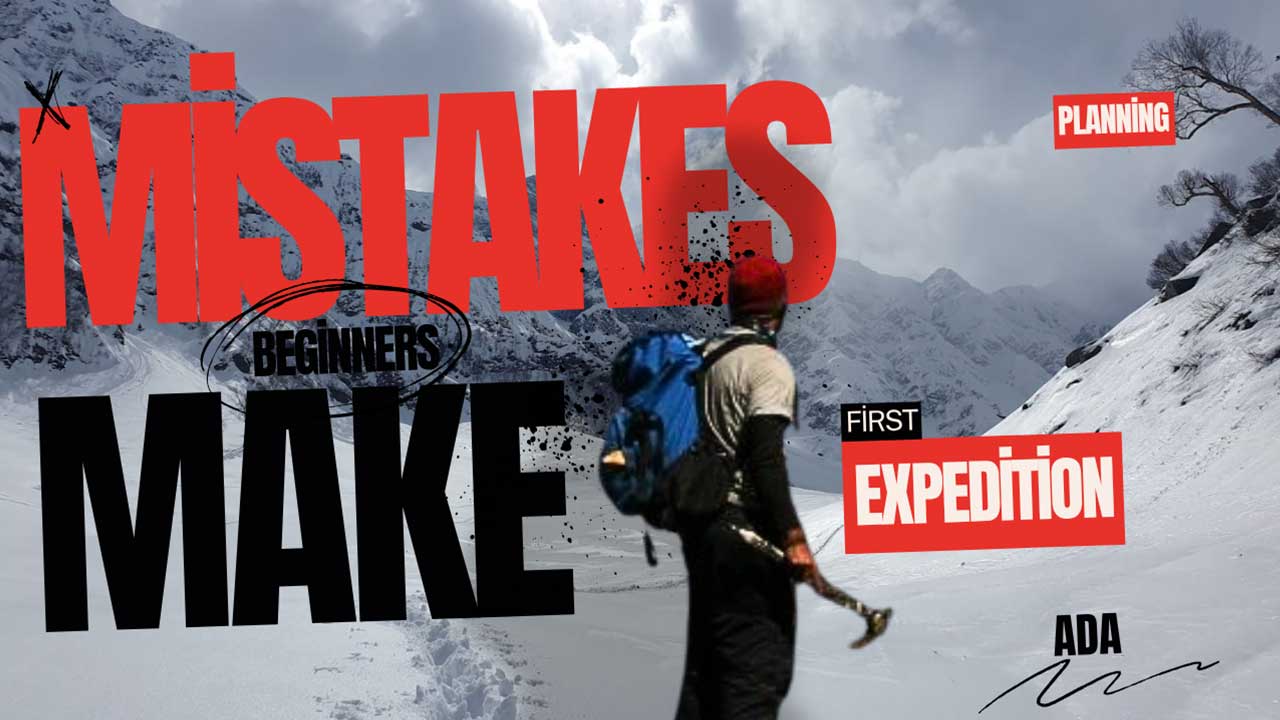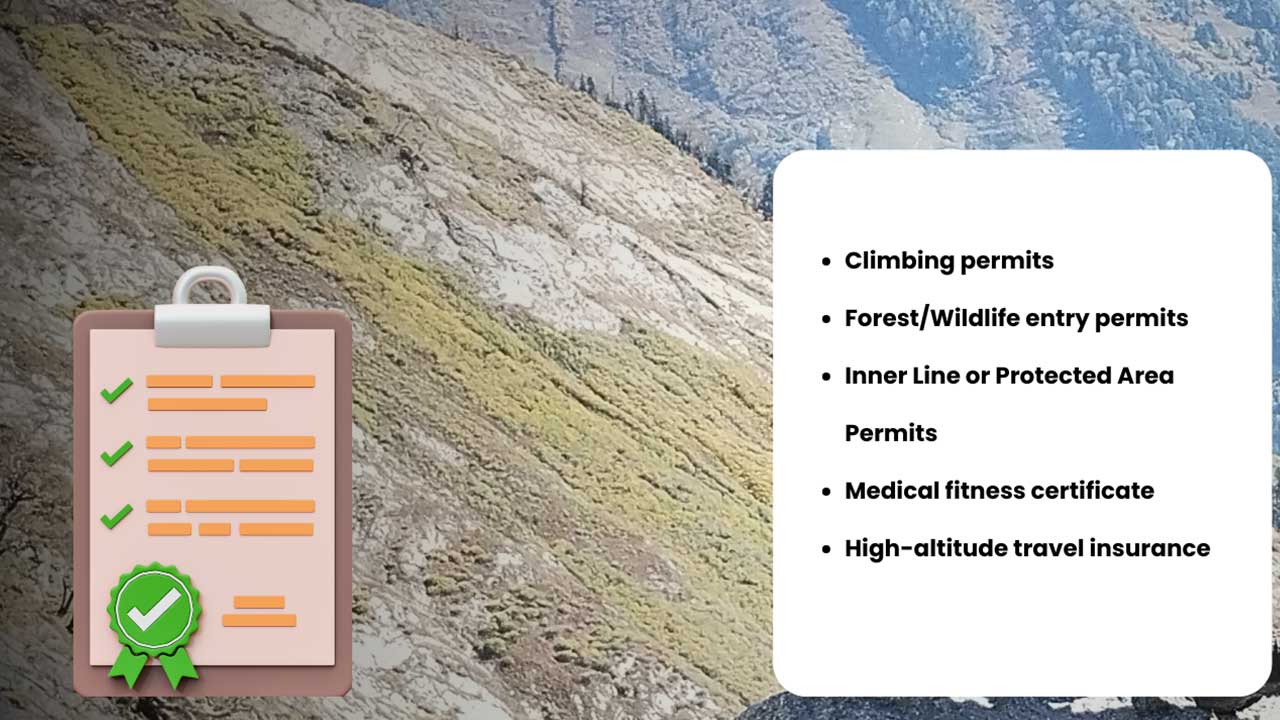5 Mistakes Beginners Make When Planning Their First Expedition
Blogs
Trekking or climbing your first mountain is a transformative experience. From selecting gear to navigating logistics, every step shapes your journey. But for many first-time mountaineers, planning the expedition can be more challenging than the climb itself.
At Ascent Descent Adventures, we’ve helped hundreds of new climbers on their first big mountain journey in the Indian Himalayas. And we’ve seen the same critical planning errors repeat over and over.
Here are 5 mistakes beginners commonly make when planning their first expedition, and how you can avoid them:
1. Underestimating the Physical & Mental Demands
Mountaineering is not just a hike at altitude—it’s a serious endurance sport. Many first-timers think general fitness or weekend treks are enough preparation. They’re not.
What you should do instead:
- Begin a training regimen at least 8–12 weeks in advance, focusing on cardio, strength, and endurance.
- Simulate altitude exposure through high-altitude treks like the Pin Parvati Pass.
- Prepare for long summit days and mental fatigue.
Want to know if you’re ready? Take part in our mountain skills courses to assess and build your readiness.
2. Skipping Acclimatization Days in the Itinerary
Many beginners rush through the itinerary, thinking it’s better to save time or costs. But rapid gain in altitude can lead to Acute Mountain Sickness (AMS), which can derail your entire climb—or worse.
Best practice:
- Follow the golden rule: “Climb high, sleep low.”
- Include at least one acclimatization day for every 2,500 to 3,000 meters gained.
- Avoid alcohol and overexertion early on.
All ADA itineraries to high-altitude peaks like Yunam Peak or Friendship Peak include built-in acclimatization days.
3. Choosing the Wrong Peak for Your First Climb
Selecting a summit that’s too technical or high can crush confidence and compromise safety. Popular doesn’t always mean beginner-friendly.
Start with easier objectives, such as:
These climbs offer snow and glacier training with stunning summit rewards—perfect for new mountaineers.
Need help choosing? Use our Beginner Peak Finder or speak with an expert.
4. Ignoring the Paperwork: Permits, Insurance, and Medicals

Nothing ends a climb faster than missing documents. Several regions in India, especially near borders or within protected zones, require government permits. These can take weeks to process.
You’ll need:
- Climbing permits
- Forest/Wildlife entry permits
- Inner Line or Protected Area Permits (for restricted regions)
- Medical fitness certificate
- High-altitude travel insurance
Learn more about these in our detailed post: 5 Permits You May Need for Mountaineering in India
ADA provides complete support with paperwork and logistics, so you don’t have to worry.
5. Not Clarifying Roles with Your Expedition Leader
Assuming your guide or leader will take care of “everything” leads to confusion. Who sets up the tent? Who decides turnaround time? What if someone gets altitude sickness?
Before the expedition:
- Clarify who’s responsible for route choices, safety decisions, and group coordination
- Ask about emergency protocols, equipment responsibility, and leadership style
- Know what’s included in your expedition package—gear, meals, porterage, etc.
Read: 5 Crucial Things to Clarify With Your Expedition Leader
Final Thoughts: Plan Smart, Climb Strong
Every mountaineer starts with a first summit—but how you plan that first expedition defines whether it’s a story of success or struggle. Avoiding these beginner mistakes will not only make your experience safer but also more rewarding.
At Ascent Descent Adventures, we’re here to help you make the leap from aspiring trekker to confident mountaineer—with certified guides, structured training, and full expedition support.
Ready to Climb?
Browse Our Beginner Expeditions
Contact Our Experts → Talk to ADA
Recommended Read for Expedition Planning:
- 5 Beginner-Friendly Peaks to Start Your Mountaineering Journey in India
- 5 Things to Clarify with Your Expedition Leader Before the Climb
- 5 Permits or Documents You May Need as a New Mountaineer in India
- 5 Things You’ll Wish You Packed for Base Camp